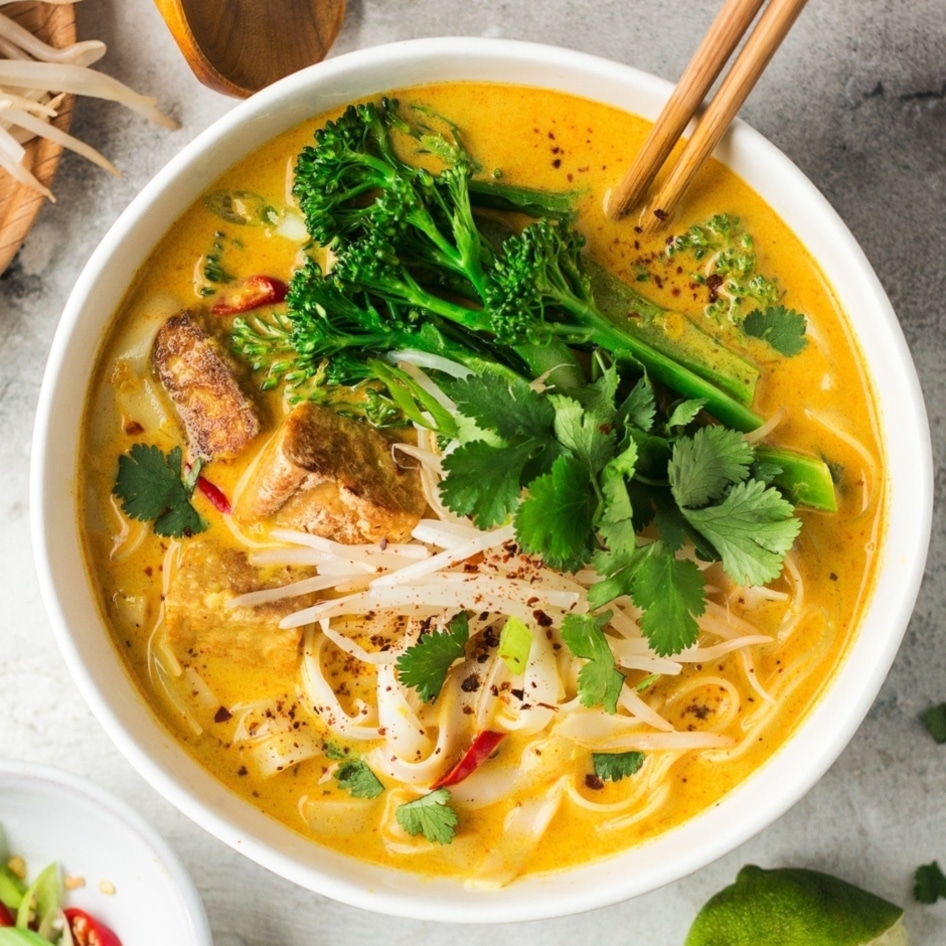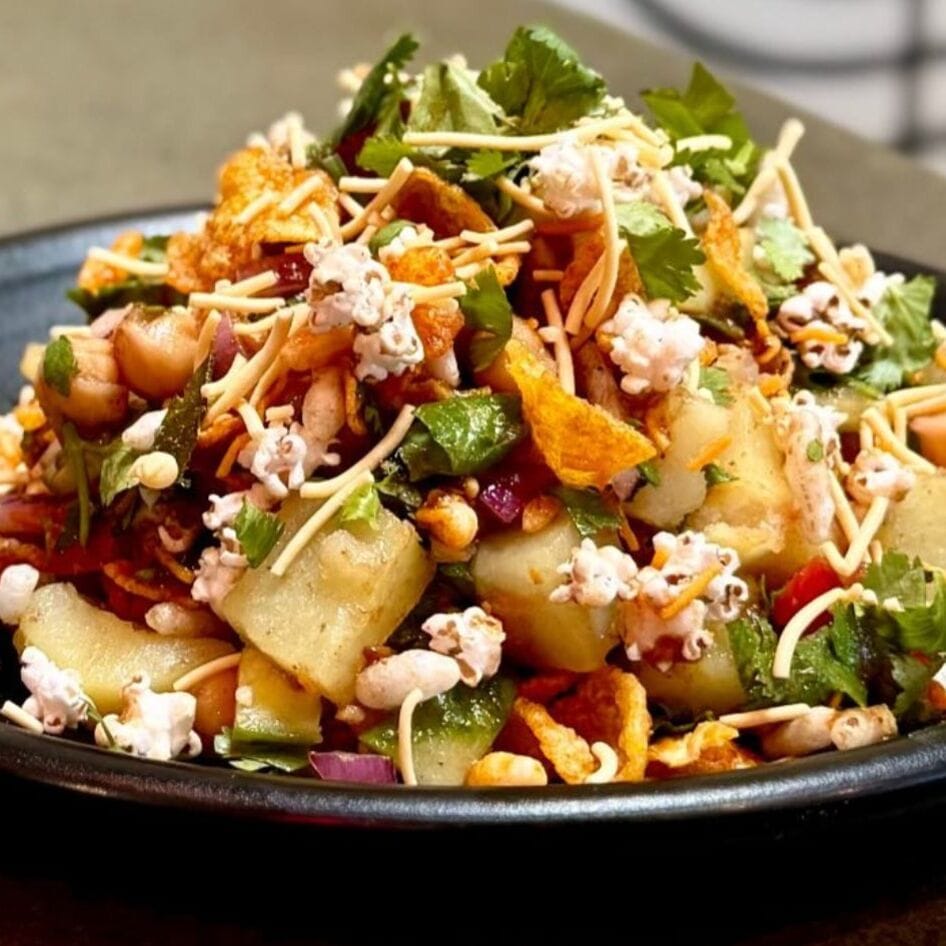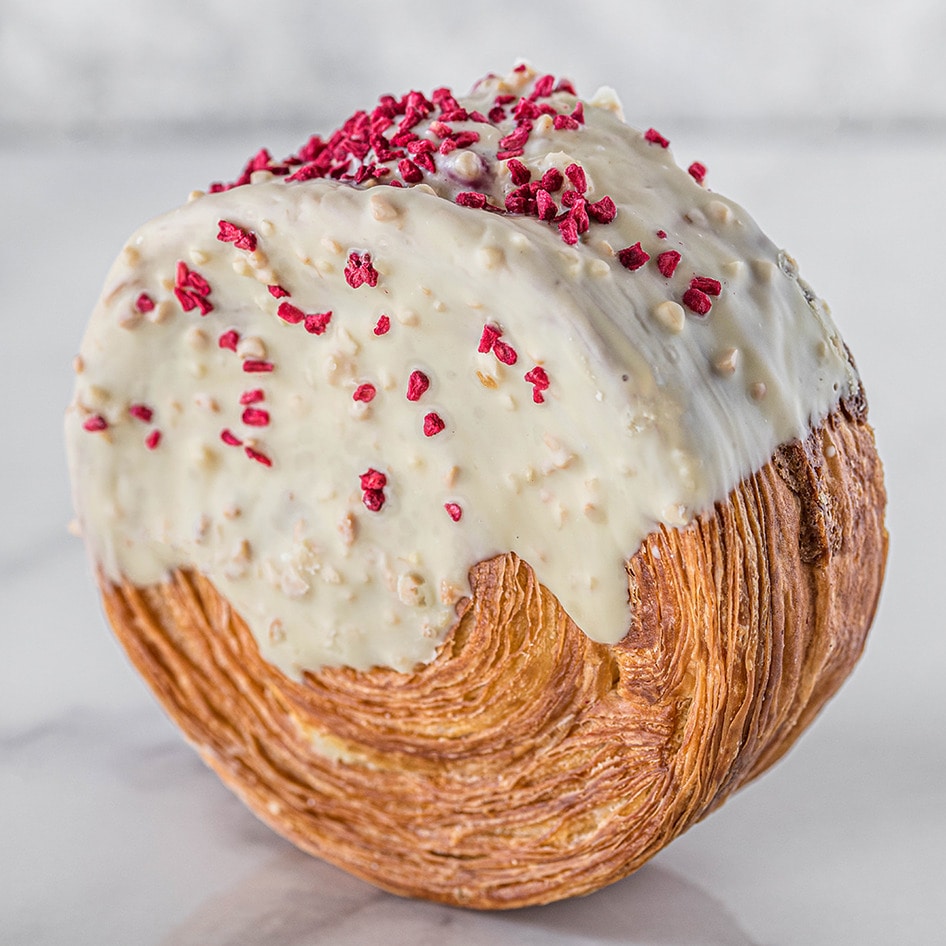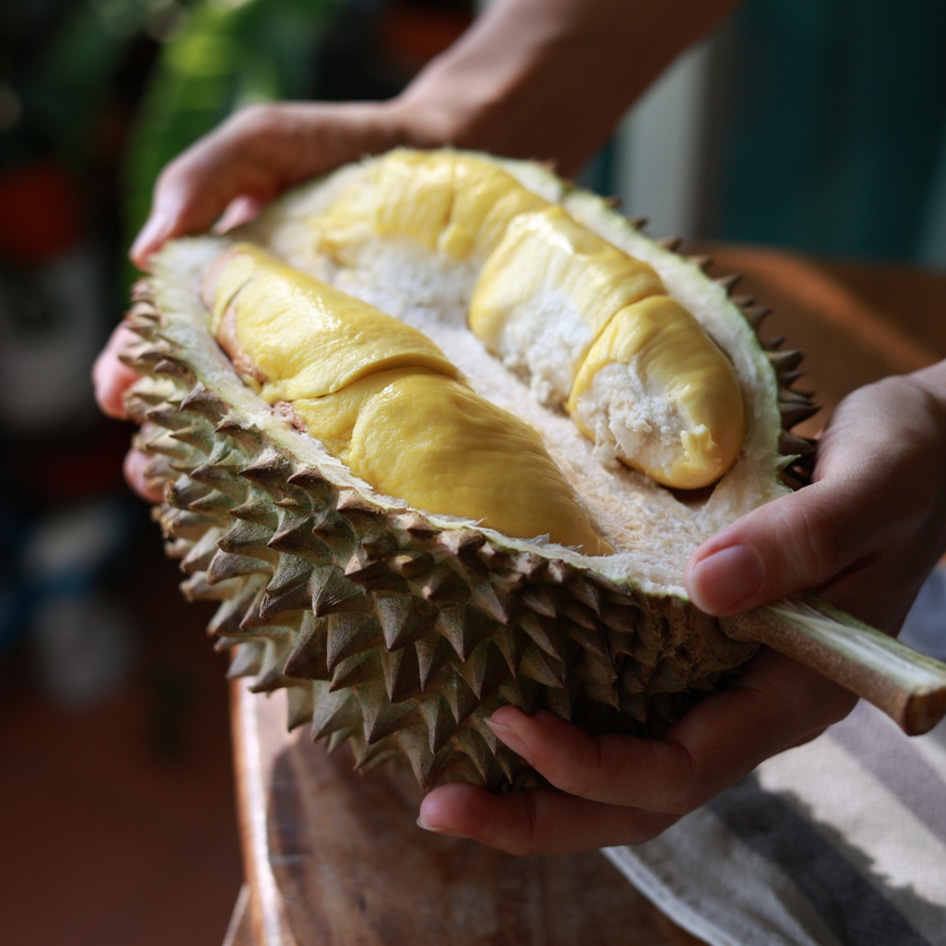8 Vegan Foods to Eat in Malaysia
Asia’s multicultural melting pot makes for a culinary experience filled with rice noodles, vegetable dumplings, and exotic fruit.
May 15, 2016
Malaysia is a multicultural melting pot in the heart of Southeast Asia. Locals speak up to seven languages and are comfortable using several within a single conversation, flowing through Malayu, Tamil, Hakka, Hokkien, Cantonese, Teochew, and English in a stream of communication that can leave a traveler in a bewildered state.
Often, these multi-lingual conversations are about food, as Malaysia is a nation of food critics where everyone has an opinion not only regarding the best dishes but where to can find them. Malaysians often spend their weekends driving hours to a new restaurant or waiting in long lines to taste a “famous” version of a specific dish. Their diverse cuisine and matching topography, from sparkling tropical coastlines to misty jungle highlands, makes food tourism a huge part of any traveler’s experience.
Although Malaysia doesn’t have the veg-friendly reputation of neighboring Thailand, vegans can also experience Malaysia’s foodie culture. Follow this food tour from breakfast through dinner to get an authentically vegan bite of Malaysia.
1. Cham-O
To jumpstart your morning, head to an old-fashioned Chinese teashop called a kopitiam. Many new kopitiams are as aesthetically dull as any chain restaurant, so visit one of the many small open-air cafés decorated with fading calendars, golden bobble-head cats, and murals of the Chinese Kuan Yin. After settling into a cheap plastic chair, order a Cham-O—a mix of black coffee and sweetened black tea. By adding the “O” suffix, you’ve communicated that you don’t want milk. You can get soya milk at a kopitiam—especially modern ones that serve “Michael Jackson” (grass jelly and soy milk)—but you’ll need some language skills to communicate that you want soy milk instead of regular milk in your Cham. Because of this, ordering a Cham-O is the safest bet that all servers will understand. To get your drink iced, simply add the suffix “peng.”
2. Chee Cheong Fun
While enjoying your chilled caffeine, order a plate of chee cheong fun, a favorite breakfast among Chinese-Malaysians. Before you get concerned, this Chinese dish literally means “pig intestine,” but in Malaysia the basic chee cheong fun is fat rolls of steamed rice noodles sprinkled with black sesame seeds and drizzled in a thick, luxurious layer of dark sweet sauce called tim cheong (which is similar to Hoisin sauce). However, avoid this sauce when visiting the city of Penang, where it often includes shrimp paste. Instead, ask for it plain, Ipoh-style, with soy sauce and a hefty sprinkling of chopped chilies.
3. Kuih
No Chinese meal is complete without an abundance of appetizers, so order a selection of kuih. These chewy half-translucent rice cakes can be savory or sweet and are frequently vegan. Try choo kuih (vegetable dumplings stuffed with shredded jicama or daikon radish), ang ku kuih (with bean or peanut paste), or nyonya kuih, a selection of gummy layered cakes flavored with salty coconut, brown coconut sugar, and fragrant herbs such as pandan, pulut tai tai, or citrus.
4. Tropical fruit
Bags of pre-chopped exotic fruit meant for impaling with a wooden toothpick are available on many streets. Tasting new fruit is one of the most exciting gustatory adventures on which travelers can embark, as unlike rice or curry dishes, the flavors of new fruit are truly unfamiliar. Load up on rehydrating, vitamin-C-rich magenta dragonfruits, grapefruit-y dukus, hairy rambutans, and luscious mangos to get you through to lunch.
5. Nasi Lemak
Lunch is the easiest time to experience the Malaysian mamak restaurant, so whet your appetite with an iced drink made with freshly squeezed calamansi limes to accompany Malaysia’s most famous food, nasi lemak. This hearty coconut-milk-infused rice is salty, creamy, and aromatic, and is served with crunchy cucumbers, a handful of peanuts, and a light sprinkle of nefarious dried fish. If the nasi lemak is fresh, diners can request that the chef leaves off the dried fish (tidak ikan). If available, make sure to get a hefty side of achar, a delicious pickled condiment made with chilies, onion, cucumber, and sometimes pineapple.
6. Cendol
Break up the hot afternoon by slurping this teeth-achingly cold dessert at a streetside stall. Cendol is the green, pandan-dyed rice noodles that are usually ladled over shaved ice with rich coconut milk and silky brown-coconut sugar for a deliciously refreshing pick-me-up.
7. Thosai
For dinner, head to the nearest Banana Leaf, a common South Indian restaurant that is always veg-friendly and often open 24 hours. Order thosai, a thin, crepe-like bread pinched between the fingers to spoon fragrant dal, spicy coconut chutney, and an assortment of mustard-seed and chili-infused vegetables into your mouth. For a heavier version, ask for masala thosai, which comes with turmeric-infused mashed potatoes inside.
8. Durian
A food journey in Malaysia is not complete without experiencing Malaysia’s national fruit, the durian. Unlike other fruit, durian is sold at sit-down outdoor restaurants that open in the late afternoon and evening. Follow your nose, as you can typically smell these places from a block away due to the fruit’s infamously strong aroma. Durians have a wide range of flavors, sometimes described as red wine, coffee, chocolate, milk, onion, caramel, or rum, so be brave and taste at least two varieties such as D101 or musang king while locals congratulate you on experiencing their foodie culture.
Lindsay Gasik is a vegan travel blogger and tour leader who loves exotic fruit, particularly durian.
JUMP TO ... Latest News | Recipes | Guides | Health | Subscribe







